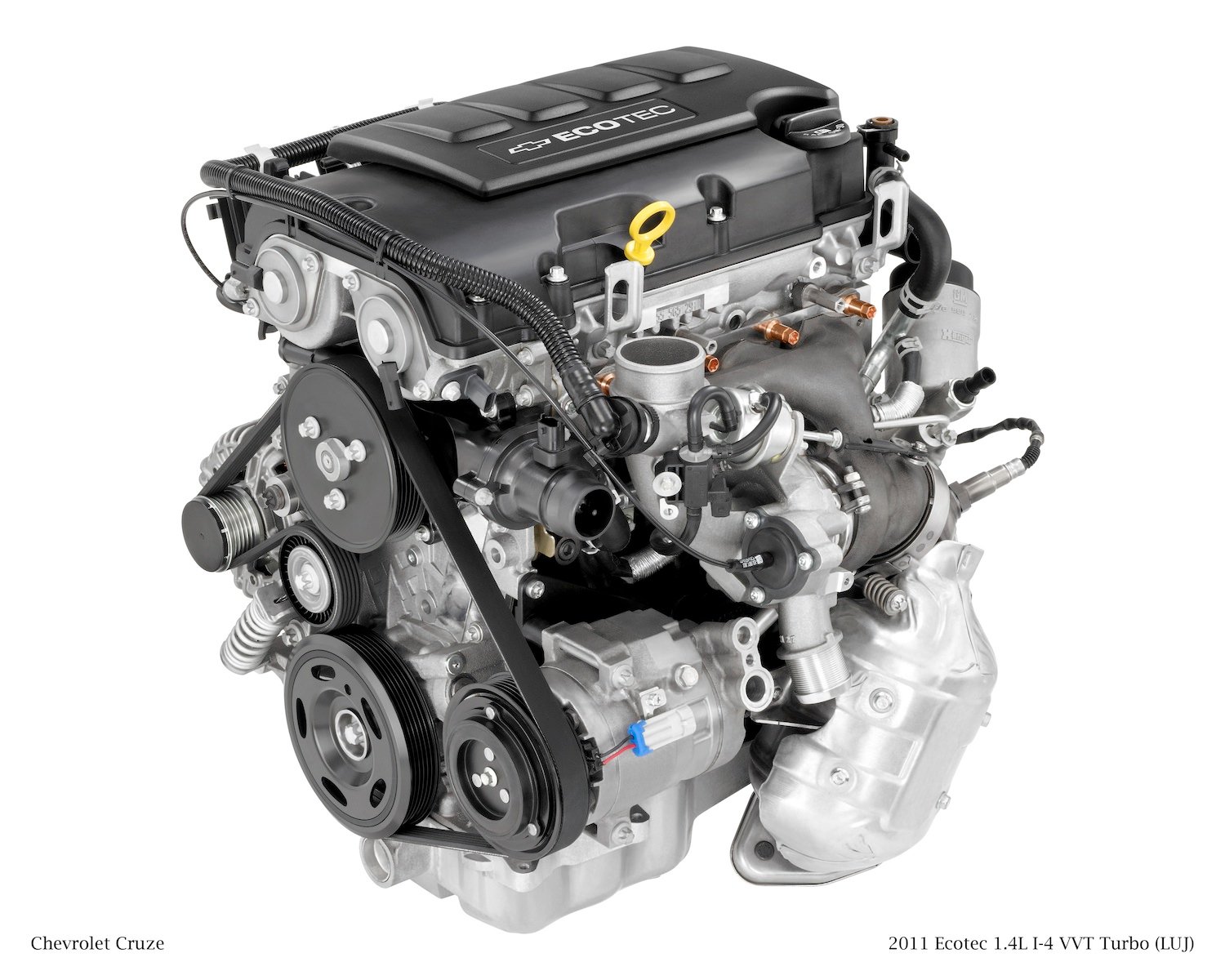GM 2.0L Turbo Engine Problems: A Comprehensive Guide
Is your GM 2.0 liter turbo four-cylinder engine giving you trouble? You're not alone. This engine, found in a range of popular vehicles, has garnered attention for both its performance and its potential problems. This guide dives deep into the common issues, offering insights, solutions, and preventative measures to help you navigate the complexities of this powerplant.
Understanding the potential issues with this engine is crucial for any owner or prospective buyer. From excessive oil consumption to timing chain issues and turbocharger failures, being informed can save you time, money, and frustration down the road. This article serves as a comprehensive resource, offering valuable information to empower you to address these challenges effectively.
The GM 2.0L turbocharged four-cylinder engine, often referred to as the LTG or LSY, has been utilized in various GM models, including the Chevrolet Malibu, Equinox, Traverse, Cadillac ATS, and Buick Regal, among others. Introduced as a more powerful and efficient alternative to naturally aspirated engines, it delivers respectable horsepower and torque. However, like any complex piece of machinery, it has its vulnerabilities.
Some of the most frequently reported issues with the 2.0L turbo engine include excessive oil consumption, which can stem from faulty piston rings or valve seals. Timing chain problems, often manifesting as a rattling noise, can lead to catastrophic engine failure if left unaddressed. Turbocharger failures, although less common, can also occur, often resulting in reduced power and increased emissions.
Addressing these issues requires careful diagnosis and appropriate repairs. While some fixes can be relatively simple, others might necessitate significant engine work. Understanding the potential problems and their symptoms can help you identify issues early on and prevent them from escalating into more costly repairs. Regular maintenance, including frequent oil changes with the correct oil viscosity, can play a crucial role in extending the life of your engine.
Historically, direct-injected turbocharged engines have sometimes faced challenges with carbon buildup on intake valves. While the GM 2.0L turbo engine is not immune to this issue, regular maintenance and using quality fuel can help mitigate this problem. The importance of understanding these potential issues lies in preventing costly repairs and maximizing the lifespan of the engine.
One of the benefits of addressing these issues proactively is maintaining the vehicle's resale value. A well-maintained engine, with documented repairs, is more attractive to potential buyers. Additionally, a properly functioning engine contributes to better fuel efficiency and overall performance.
Advantages and Disadvantages of the GM 2.0L Turbo Engine
| Advantages | Disadvantages |
|---|---|
| Good fuel economy (when functioning correctly) | Potential for excessive oil consumption |
| Respectable horsepower and torque | Possible timing chain issues |
| Widely available parts and service | Turbocharger failures can occur |
Frequently Asked Questions
What are the common symptoms of a failing turbocharger on the GM 2.0L engine? Reduced power, unusual noises, and increased exhaust smoke are common indicators.
How often should I change the oil in my GM 2.0L turbo engine? Consult your owner's manual for specific recommendations, but many experts recommend more frequent changes than with non-turbo engines.
What type of oil should I use in my GM 2.0L turbo engine? Use the oil viscosity recommended by GM for this specific engine.
Can I perform repairs on my 2.0L turbo engine myself? While some maintenance tasks can be done by DIYers, complex repairs are best left to qualified mechanics.
What is the average lifespan of a GM 2.0L turbo engine? With proper maintenance, these engines can last for many years and hundreds of thousands of miles.
What should I do if my engine is consuming excessive oil? Consult a qualified mechanic for diagnosis and repair.
Are there any recalls related to the GM 2.0L turbo engine? Check the National Highway Traffic Safety Administration (NHTSA) website for recall information.
How can I prevent carbon buildup on the intake valves? Regular maintenance and using quality fuel can help mitigate this problem.
In conclusion, the GM 2.0L turbo four-cylinder engine offers a compelling blend of power and efficiency. However, understanding its potential problems, from oil consumption and timing chain issues to turbocharger failures, is crucial for long-term ownership satisfaction. By staying informed, practicing proactive maintenance, and addressing issues promptly, you can maximize the lifespan and performance of your engine. Regular oil changes with the correct viscosity, attention to unusual noises, and prompt diagnosis of any problems are key to keeping this engine running smoothly. Remember, a well-maintained engine contributes not only to a better driving experience but also to the overall value and longevity of your vehicle. This knowledge empowers you to make informed decisions about maintenance and repairs, ultimately saving you time, money, and frustration in the long run. Don't let potential problems deter you from enjoying the benefits of this powerful engine. With proper care and attention, the GM 2.0L turbo can provide years of reliable service.
Maximize your space genius design ideas for a small bathroom
Reclaimed wood flooring deals the rustic revolution
Paul neff obituary par troy funeral home














